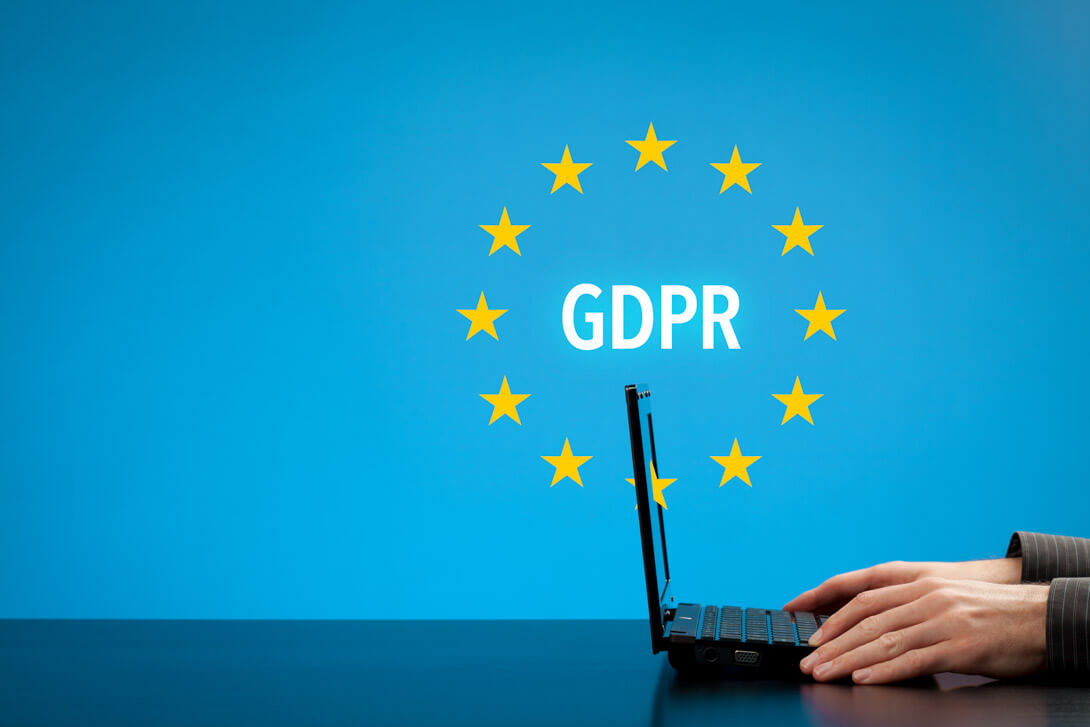The General Data Protection Regulation (GDPR) of the European Union is deployed to reduce the patchwork of information protection regulation officials in the 28 member states. It also complies with non-EU enterprises that use EU citizen records in another country. This means that popular social media firms like Facebook, Twitter, etc., and online service providers like Google, Microsoft, Apple, etc., had already complied with GDPR Best Practices. The following article is going to give ideas to deploy GDPR compliance in the cloud and on the boundary of organizational security.
Following Are The GDPR Best Practices
1. Thoroughly Analyze the Compliance Responsibility
Cloud security is dependent upon the cooperation of all individuals with whom you are doing business. Any organization or a third party, which stores, processes, or manages the personal records on your behalf should be GDPR compliant. Both data controllers, as well as data processor policies, are covered under GDPR data compliance regulations. For example – When an industry is using the cloud for storing the personal content of a natural person, they will be like a controller and, the cloud service provider will typically work as a processor. The GDPR 99 Articles Summary defines the role of the processor as well as the data controller. Ensure that the enterprise thoroughly understands the compliance responsibilities, including the 3rd party users.
2. Determine the GDPR Compliance Scope In Your Firm
It is important for every industry to understand their storage methods and information sets. This is so because it enables firms to learn the scope of GDPR compliance. GDPR states that any data categorized as personal record – photos, name, social media post, IP address, health status, etc., must be secured.
Begin the revision of information, which your business is recently storing for learning that whether the data is actually used for the official purpose or not. Apart from all this, GDPR compliance is having the ability to eliminated outdated or unnecessary firm data. Enterprise authorities should determine the data stores that are affected by GDPR compliance and then, refine the processes of data collection.
3. Apply Data Encryption on Business Content
The other GDPR Best Practices states that information should be encrypted at rest and transmit state. In the previous year, it was found that data was left open on the public cloud without any encryption. So, these GDPR policies included the legal as well as the financial implication of PII breaches that might fatal the business in a direct or indirect manner. Data encryption is one of the best approaches for enterprises to protect data wherever it is located.
Plenty of encryption techniques are available in today’s date, which can be used over different services. When data is in rest mode, encryption can be applied from the server end through the client’s side. Apart from this, when data is in transmit mode, you must regularly implement encryption on the information. Few cloud services are there, which solely focus on encryption and might be consolidated with other services too. These consolidated ideas enable business clients to enforce and create the strongest data protection boundary.
It is possible to create a strong data protection level if the following conditions meet:
- Adoption of advanced encryption mechanisms
- Sound understanding of encryption keys
- Awareness about the trending data protection measures
Automatically, it becomes essential to enforce accurate permission when data encryption gets completed. It allows the decryption technique to open the data in front of an authorized person.
4. Become Proactive Regarding Data Protection
This GDPR best practice says that compliance regulations are not a one-time effort but, an ongoing procedure. This means that you have to gain a proactive measure to monitor and detect the consequences of data breaches occur. The same idea also ensures that personal records are getting properly managed. A variety of services are provided by the cloud providers also when it is about protecting information and alert on the threat:
- Machine-based learning like Amazon Macie, which recognizes PII in the information and renders alerts to ensure their presence.
- Reduce the potential leakage efforts and verify compliance through event triggering techniques in your business workstation and using automatic, real-time log analysis.
- A smart threat detection program enables users to monitor business profile in case of unusual and unexpected behavior. This is possible by analyzing the log information created by the infrastructure.
5. Train Your Employees With Security At First Culture
It is observed that the major cause of cybercrimes is human errors. To reduce this cause up to some extent, this point is the GDPR Best Practices. When security and GDPR will work collaboratively, it will create a broad section for your enterprise plan. Therefore, it should be the responsibility of higher authorities to train their employees with cloud information security measures and GDPR compliance regulations. Create such a strict environment in your workstation that at least by mistakes, an employee does not perform any wrong action.
Observational Verdict on GDPR Best Practices
GDPR Best Practices are illustrated in this post to help organizations while complying with the regulation. Data privacy and protection of natural citizens is in the hand of business who uses customers’ records for their work. So, be careful while giving permission to the employees to use customers’ data and avoid sharing personal records with unknown entities.

